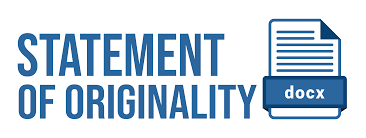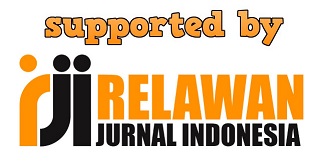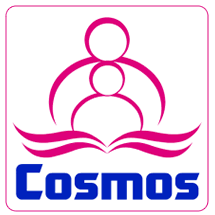Investigating Undergraduate Students' Strategies in Reading Comprehension (A Case Study of the English Education Department at Wiralodra University)
DOI:
https://doi.org/10.61672/eji.v8i1.2632Keywords:
Undergraduate students, , Reading Strategies, reading comprehensionAbstract
As one of the language skills, students tend to have difficulties in reading as one of the language skills, especially difficulties in comprehending the text. Because of that, this research aims to investigate undergraduate students' strategies in reading comprehension, which focus on global reading strategy (GLOB), problem-solving strategy (PROB), and support reading strategy (SUP) adapted from Mokhtari & Sheorey (2002). This research was conducted using qualitative research with a case study design. A close-ended questionnaire and semi-structured interview were used as the instruments of this research to gain information about students' reading strategies in reading comprehension, especially in academic reading subjects. Twenty students from the fourth semester of one University in Indramayu participated in this research. The finding shows that the students use PROB with 80,62%, followed by GLOB at 77,38%, and SUP at 73,11%. Students stated in the interview that PROB was helpful and made them focus on understanding information from difficult text. In GLOB, the students usually guess the text content and check whether their guessing related to the text is correct or incorrect. While in SUP, the students circled the text and went back and forth to find the relationship among ideas in the text. Eventually, the findings can be useful for those who wish to conduct a study on students' reading strategies. The further researcher can provide tests to determine the student's ability in reading comprehension to obtain the complete data.
References
Creswell, J. W. (1998). Qualitative Inquiry and Research Design: Choosing among Five Tradition. SAGE Publications.
Dewi, U., & Salmiah, M. (2019). Students' Reading Strategies at English Education Department.Universitas Islam Negeri Sumatra Utara.
Ebbinghaus, H. (1985). Memory: A Contribution to Experimental Psycology. Contemporary Psychology: A Journal of Reviews, 30(7), 519–523.
Garner, R. (1987). Metacognition and Reading Comprehension. NJ: Ablex Publishing.
Goodman, K. (1988). Interactive Approaches to Second Language Reading. Cambridge University Press.
Hafner, L. E., & Jolly, H. B. (2007). Patterns of Teaching Reading in the Elementary School. The Macmillan Company.
Hung, D. M., & Ngan, P. T. (2015). Investigating Reading Strategies Used by EFL Students. Dong Thap University.
Jarrah, H., & Ismail, N. S. (2018). Reading Comprehension Strategies among EFL Learners in Higher Learning Institutions. Faculty of Languages and Communication, Universiti Sultan Zainal Abidin, 21300 Kuala Nerus, Terengganu, Malaysia.
Lipka, O., & Siegal, L. (2011). The Development of Reading Comprehension Skills of In Children Learning English as a Second Language.
Mokhtari, K., & Sheorey, R. (2002). Measuring ESL Students' Awareness of Reading Strategies. University of Texas at Tyler & Oklahoma State University- Stillwater: ResearchGate Publication.
Olshavsky, J. E. (1977). Reading as problem solving: An investigation of strategies. In Reading Research Quarterly (Vol. 4, pp. 654–674).
Ozek, Y., & Civelek, M. (2006). A Study on The Use of Cognitive Reading Strategies by ELT Students. The Asian EFL Journal. Professional Teachers Articles.
Schwanenflugel, P. J., & Ruston, H. P. (2008). Becoming a fluent reader: From theory to practice. In Fluency in the classroom (pp. 1–16). The Guilford Press.
Wang, Y. H. (2016). Reading Strategy Use and Comprehension Performance of More Successfully and Less Successful Readers: A Think-aloud Study. Chile University of Technology.
Woolley, G. (2011). Reading Comprehension: Assisting children with learning difficulties. New York: Springer.
Downloads
Published
Issue
Section
License
Copyright (c) 2024 Atikah wati, Mr. Nasori , Ms. Natalia , Titin Nurhayati

This work is licensed under a Creative Commons Attribution 4.0 International License.




















